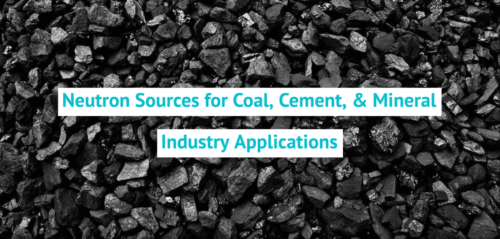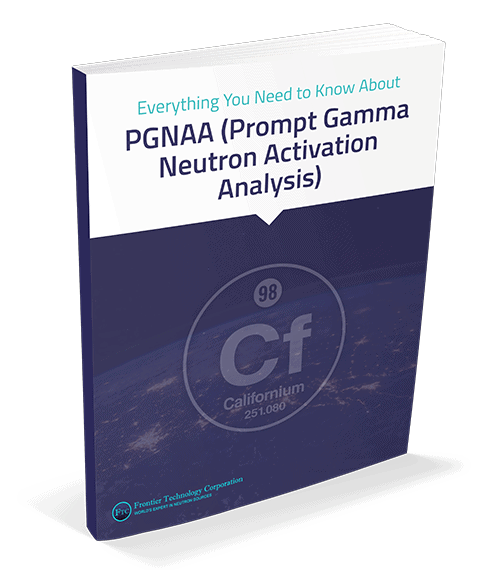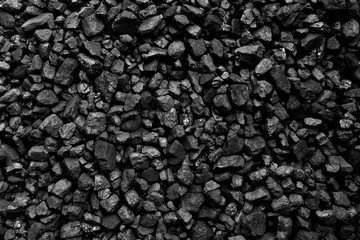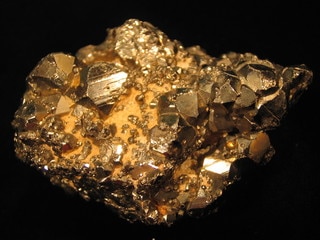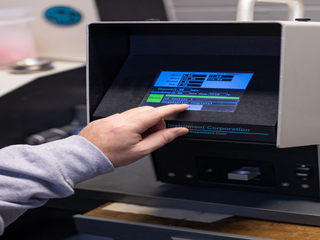
Cement
PGNAA systems analyze raw material used for cement production on-site as it travels on the conveyor belt. This provides more accurate data than sampling alone, and is more efficient than transporting samples to a lab or other facility for analysis. With Cf-252 neutron sources and PGNAA, cement producers are able to determine the presence and concentration of elements like iron, silicon, chlorine, and calcium in real time in order to make data-driven decisions and enhance quality control.
PGNAA is also a critical tool for verifying consistency of cement products, in order to ensure safety and durability in construction and other applications.

